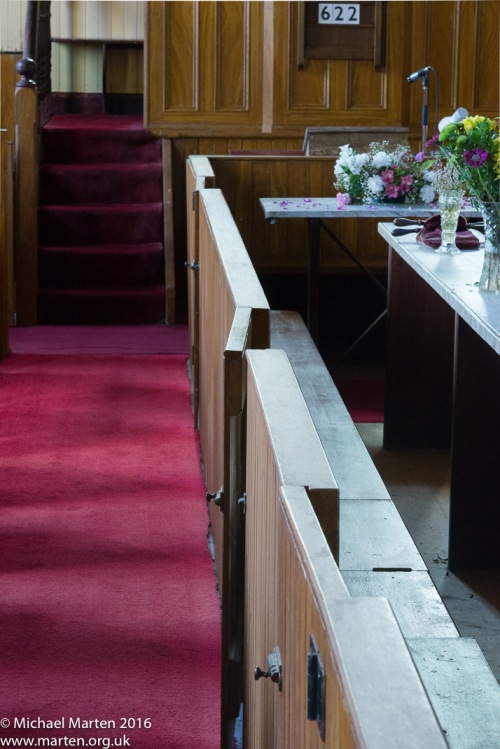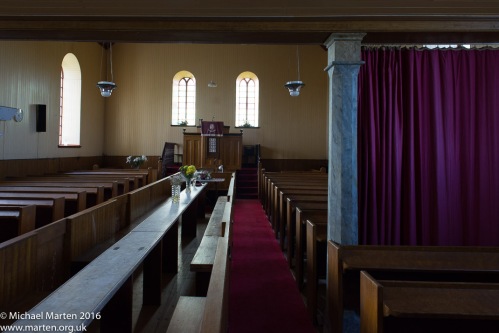In the fields of critical historiography, gender studies, world history, postcolonial theory, and so on, there is, it seems to me, a widespread acceptance in many circles that global and postcolonial perspectives are essential for any serious study.
For example, in recent times we might go back to Immanuel Wallerstein’s world systems theory from the 1970s for better understanding global economic systems, Edward Said’s 1978 Orientalism to explore the way imperial knowledge contributed to power structures, the alternative historiography of the Subaltern Studies Group initiated in the 1980s by Ranajit Guha and others, the various approaches at writing global history (one of my recent favourites is C. A. Bayly’s 2004 The Birth of the Modern World), global understandings of feminism and gender from Leila Ahmed, Gayatri Chakravorty Spivak – and so on. If we approach what might be regarded as questions of religion more directly, we find similar global perspectives in the work of William Cavanaugh (The Myth of Religious Violence, 2009), Abdulkhader Tayob, Sabine Dedenbach and many more.
Of course, there are a great number of scholars in Western universities who manage to ignore all this, or resort to colonial constructions to discuss the global context, using terms such as “ethnophilosophy” (that’s basically the study of non-European philosophy not written by white men) or “ethnomusicology” (that’s basically the study of non-European music not written by white men) or “ethnohistory” (that’s… oh, you can work it out!). But serious, useful, and relevant scholarship increasingly looks at much wider perspectives. This is why I found Kwok Pui-Lan’s introduction to a recent issue of Political Theology rather depressing (version with footnotes; note that the links to the articles are broken, try here to read them).

Kwok Pui-Lan, writing for Political Theology (click the image to read the blog posting; the original article has footnotes)
To be clear: I regard Pui-Lan as a great scholar, and have read and learnt from her work over many years (and her occasional blog is very enjoyable). I am not criticising her at all. Rather, I am depressed that after so many years of global scholarship, it is still necessary in a journal such as Political Theology to go right back to the basics as Pui-Lan has clearly felt she had to do here, and highlight all that still needs to be done to make contemporary political theology relevant in a global world.
I studied theology for my undergraduate degree from 1986 to 1990 at Aberdeen in Scotland and at Erlangen in Germany. Both had a reputation as being somewhat conservative – and yet I was reading global theology from the beginning of my degree, if not always as part of my courses. By the end of my second year, I would say I had a solid grounding in the thinking of key Latin American liberation theologians (Gustavo Gutierrez, Leonardo Boff, Ernesto Cardenal, Miguez Bonino etc.), South African theologies of resistance (John de Gruchy, Allan Boesak, Desmond Tutu etc.), and increasing interests in the ways these global theological trends related to my own context in the capitalist West (Dorothee Sölle, Christopher Rowland, Alastair Kee etc.). In the midst of all this, I also read and engaged with Asian liberation theology, beginning with Aloysius Pieris (1988). And in amidst all of this, the impact of feminism and global gender theologies wove its way into my thinking in all these areas: Sallie McFague, Carter Heyward, Daphne Hampson, Audre Lorde, Rosemary Radford Ruether, Elizabeth Schüssler-Fiorenza, Luise Schottroff and so on. When Chung Hyun Kyung’s Struggle to be the Sun Again on Asian women’s theology came out in Britain in 1991, I bought and read it immediately. In much of this literature, there was a recognition that systems of oppression emanated not only from Western contexts, but more generally from alliances with systems of power, whether they be European, Asian, or race-, class- or gender-based.
I mention all these authors simply because they played a formative role in my early theological development. I was 18 when I started reading these texts (I’d no doubt benefit from revisiting them all now!), and for me, theology has always been global. In my own understanding as an early undergraduate, the ‘global turn’ for theology took place in the 1970s with Gutierrez and others – of course, I soon realised that that was not correct, but it shows that I was aware of the need for a global understanding, and I could see that it was already happening.
And yet, in 2016, three decades later, we still have an established journal in Western theological circles explaining from first principles why we need to look at what is happening globally to better understand what our political theology might look like. It feels rather patronising, but I actually feel sorry for Pui-Lan that her concluding paragraph includes the lines:
In order to speak to the present situation prophetically, political theologians must decolonize our minds and disengage ourselves from Eurocentrism and the colonial syndrome.
The theologians I mentioned above were doing exactly this in the 1970s, 80s and 90s, and before – and they and others have continued to do so since then. But even the articles in this issue of Political Theology do not appear to do what Pui-Lan is asking for, being centred almost exclusively on traditional Western thought. Thank goodnesss Political Theology does not represent the status of political theology!








